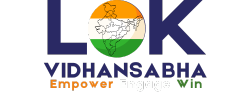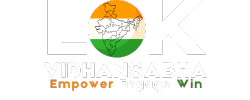Politics, People & Progress
History of Haryana
Haryana, a land of courage, culture, and community, came into existence on 1st November 1966, carved out of Punjab. Known for its rich agriculture, folk traditions, and valiant history, Haryana today stands tall as a fast-growing state in India—both economically and politically.
From colorful festivals like Teej and Holi, to traditional Haryanvi music and dance, the culture here reflects simplicity, strength, and unity. But what truly makes Haryana unique is its people—especially the strong voter base that shapes its future every five years.
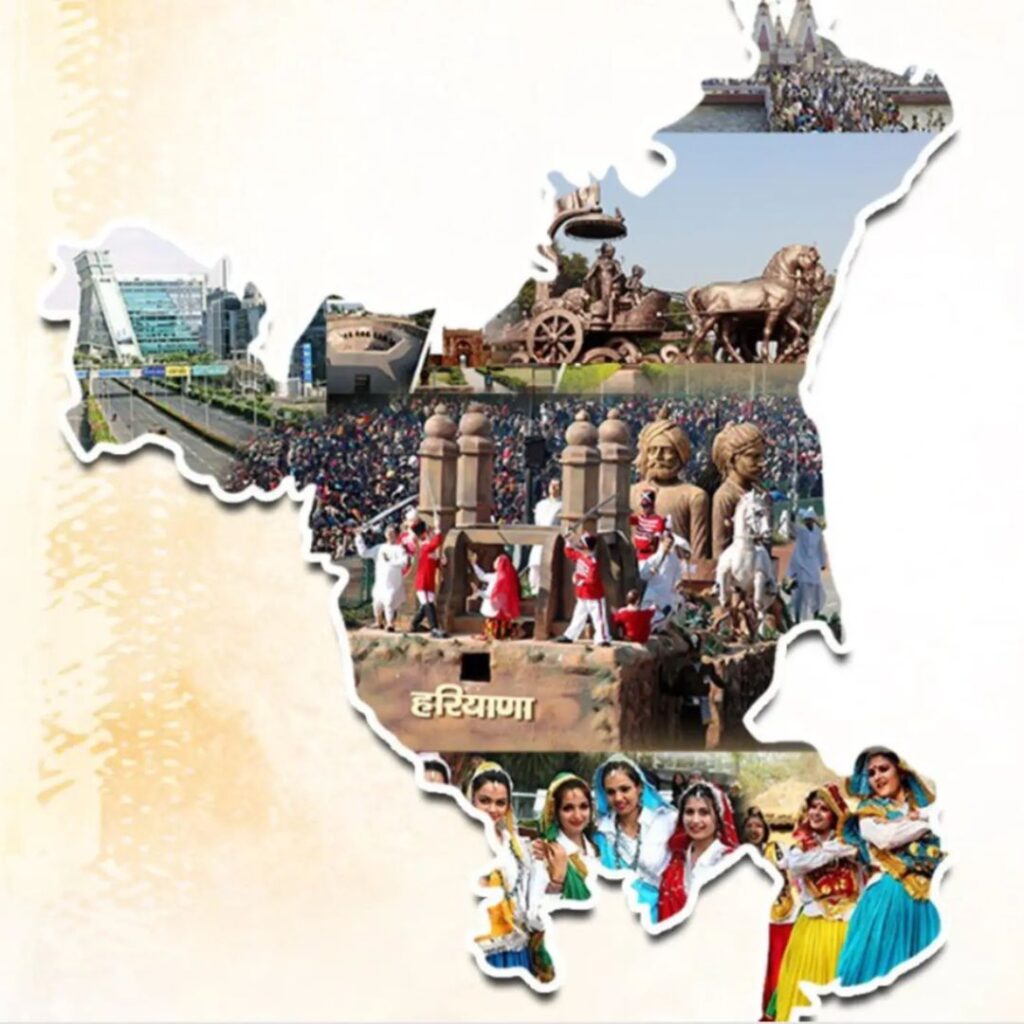
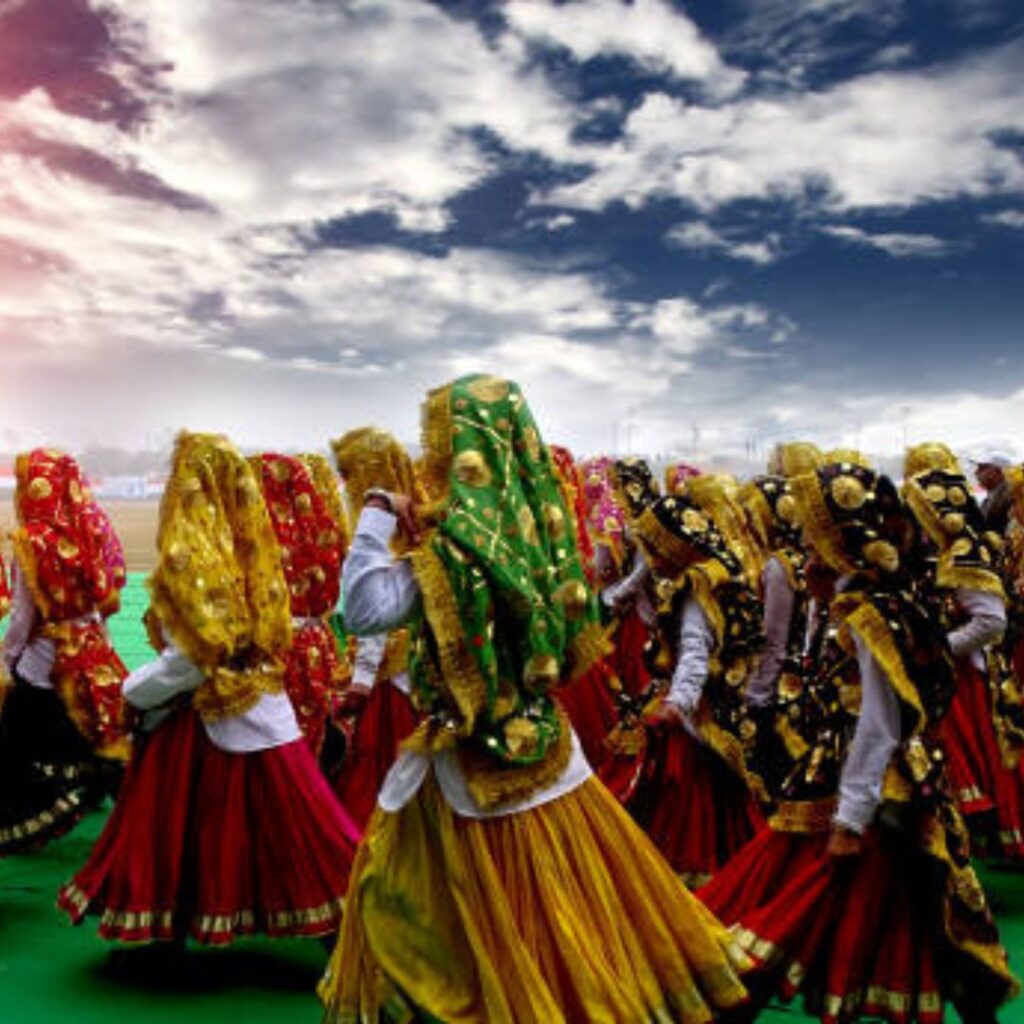
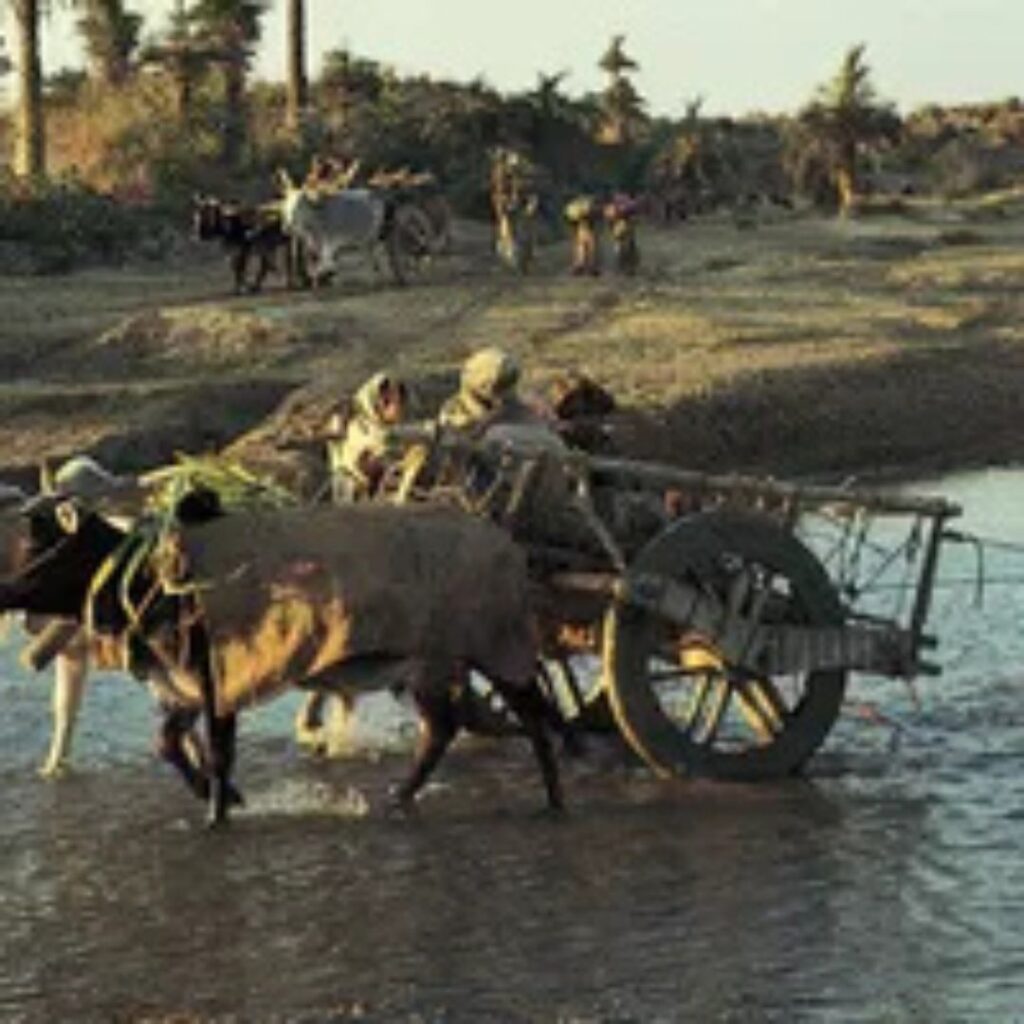
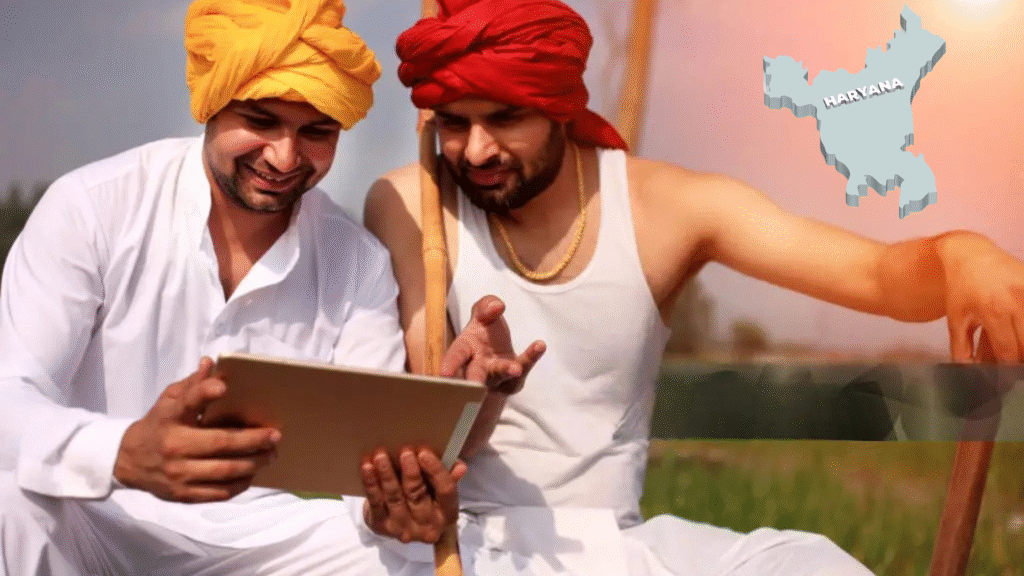
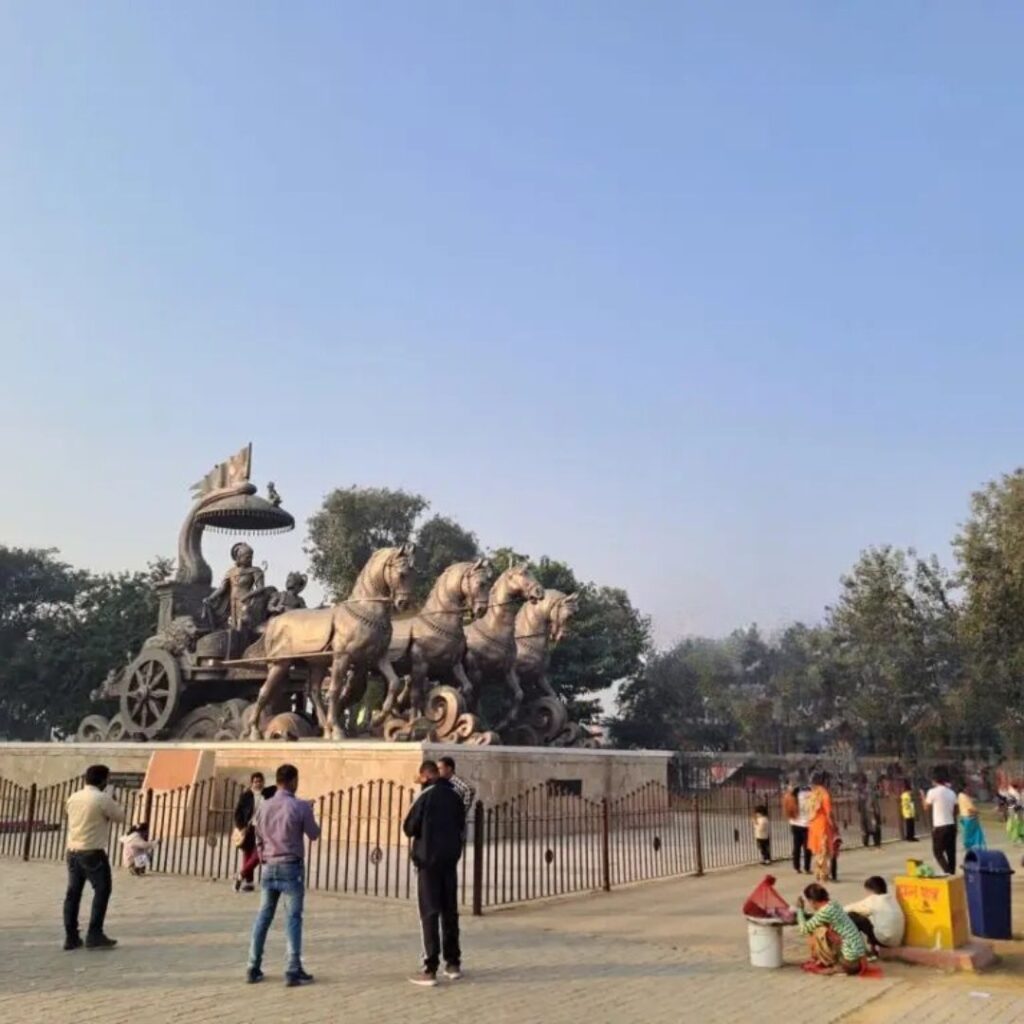
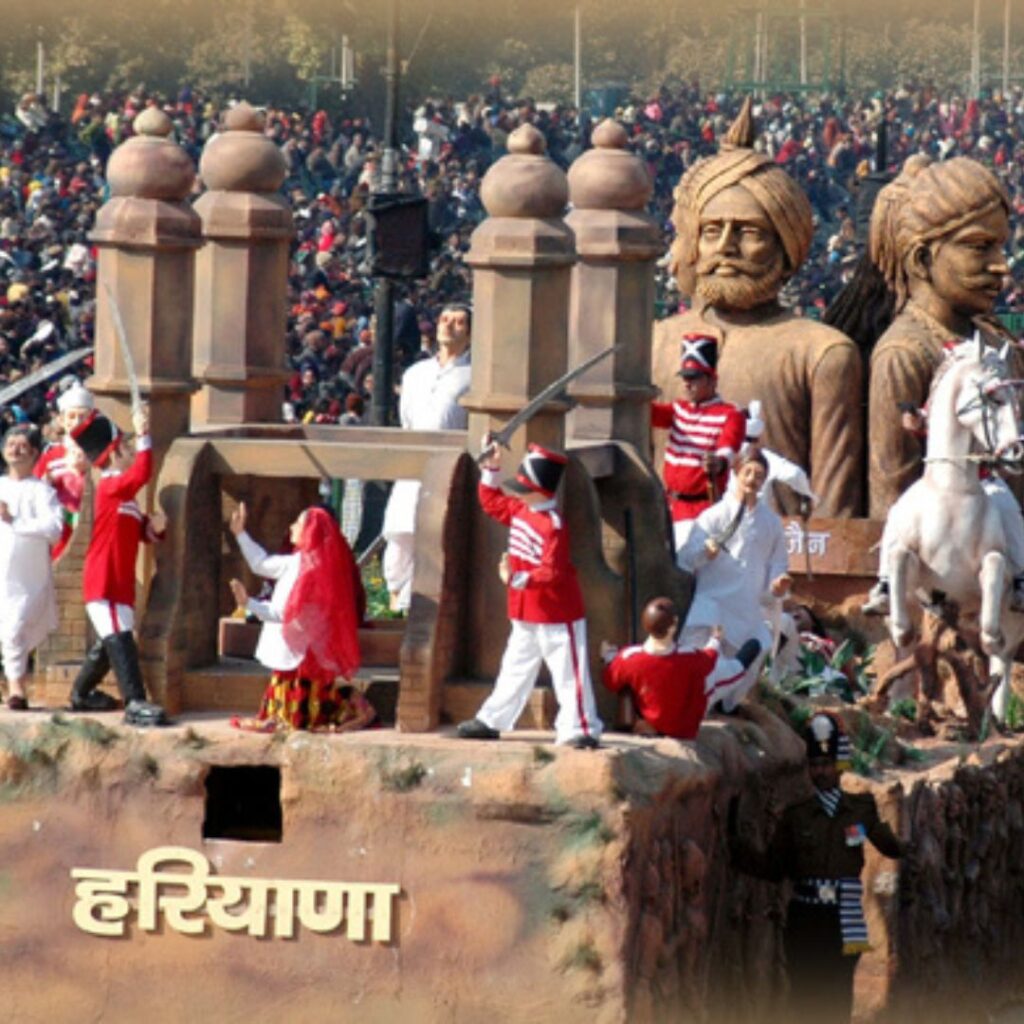
Haryana's Culture & Voter Behavior
Haryana is known for its rich folk traditions, colorful festivals like Teej and Holi, traditional dances like Ghoomar and Dhamal, and hearty food culture rooted in agriculture. The state takes pride in its sporting talent, rustic charm, and deep community ties.Voter behavior in Haryana has seen a remarkable shift:
- Initially driven by caste, community, and loyalty
- Gradually influenced by governance performance and local development
- Youth participation and women's voting saw a rise post-2000
- In recent elections, social media and digital campaigns deeply influenced young and first-time voters
The Digital Impact: From Door-to-Door to Digital Campaigns
Today, Haryana's voters are scrolling before voting. Political parties are adapting with:
- WhatsApp groups and Instagram reels
- Live Facebook sessions with leaders
- Memes, banners, and digital slogans
- Influencer and youth-driven campaigns
Digital marketing is not just outreach, it's public dialogue. Young voters especially want relatable content and real-time responsiveness from leaders.
Haryana Vidhan Sabha Timeline: 1966 – 2024
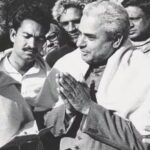
- Party in Power: Indian National Congress
- Chief Minister: Bhagwat Dayal Sharma
- Note: This was the phase where Haryana emerged from Punjab and took its first political steps. The Indian National Congress played a dominant role in setting the foundation.
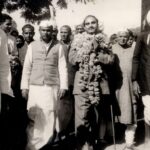
- Party in Power: Vishal Haryana Party
- Chief Minister: Rao Birender Singh
- Assembly Strength: Total 81
- Seat Distribution: INC: 48, BJS: 12, Independents: 16
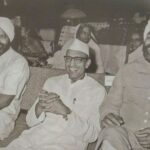
Party in Power: Indian National Congress
Chief Minister: Bansi Lal
Seat Distribution: INC: 48, VHP: 16, BJS: 7
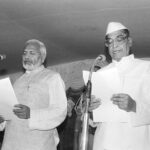
Chief Minister: Banarsi Das Gupta
Seat Distribution: INC: 52, NCO: 12
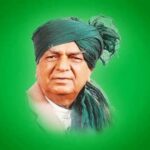
- Party in Power: Janata Party
- Chief Minister: Chaudhary Devi Lal
- Seat Distribution: Janata: 75, VHP: 5, INC: 3
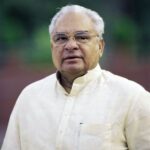
- Party in Power: Indian National Congress
- Chief Minister: Bhajan Lal
- Seat Distribution: INC: 36, Lok Dal: 31, BJP: 6, Independents: 16
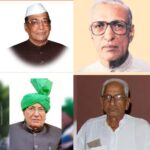
Party in Power: Janata Dal
Chief Ministers:
Chaudhary Devi Lal
Om Prakash Chautala
Banarsi Das Gupta
Hukam Singh Phogat
Seat Distribution: Janata Dal: 60, BJP: 16, INC: 5
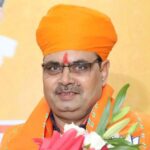
- Party in Power: Indian National Congress
- Chief Minister: Bhajan Lal
- Seat Distribution: INC: 51
- Note: Coalition politics became the norm. Regional parties like INLD, HVP, and alliances with BJP shaped governments. Voter choices were issue-based and highly fluid.
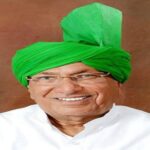
Party in Power: Indian National Lok Dal (INLD)
Seat Distribution: INLD: 47, BJP: 6, INC: 21
Chief Minister: Om Prakash Chautala
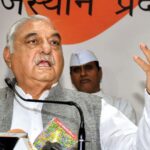
- Party in Power: Indian National Congress
- Chief Minister: Bhupinder Singh Hooda
- Seat Distribution: INC: 67, INLD: 9

- Seat Distribution: INC: 40, INLD: 31, HJC(BL): 6, BJP: 4
- Chief Minister: Bhupinder Singh Hooda
- Note: Bhupinder Singh Hooda led back-to-back terms. BJP rose as a dominant power. The digital revolution started influencing political campaigns.
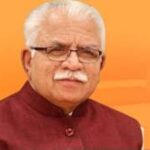
- Party in Power: Bharatiya Janata Party (BJP)
- Chief Minister: Manohar Lal Khattar
- Seat Distribution: BJP: 47 (Post-defections: 52), INLD: 19, INC: 15
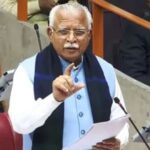
- Chief Minister: Manohar Lal Khattar
- Seat Distribution: BJP: 40, INC: 31, JJP: 10, Others: 9
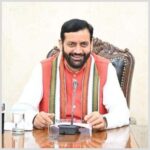
- Chief Minister: Nayab Singh Saini
- Seat Distribution: INC: 48, BJP: 37, INLD: 2, Others: 3
- Note: The impact of reels, memes, WhatsApp campaigns, and digital debates is reshaping political behavior. Voters—especially youth—are now informed, expressive, and active online. The INC made a comeback in seat share, showing changing trends.
